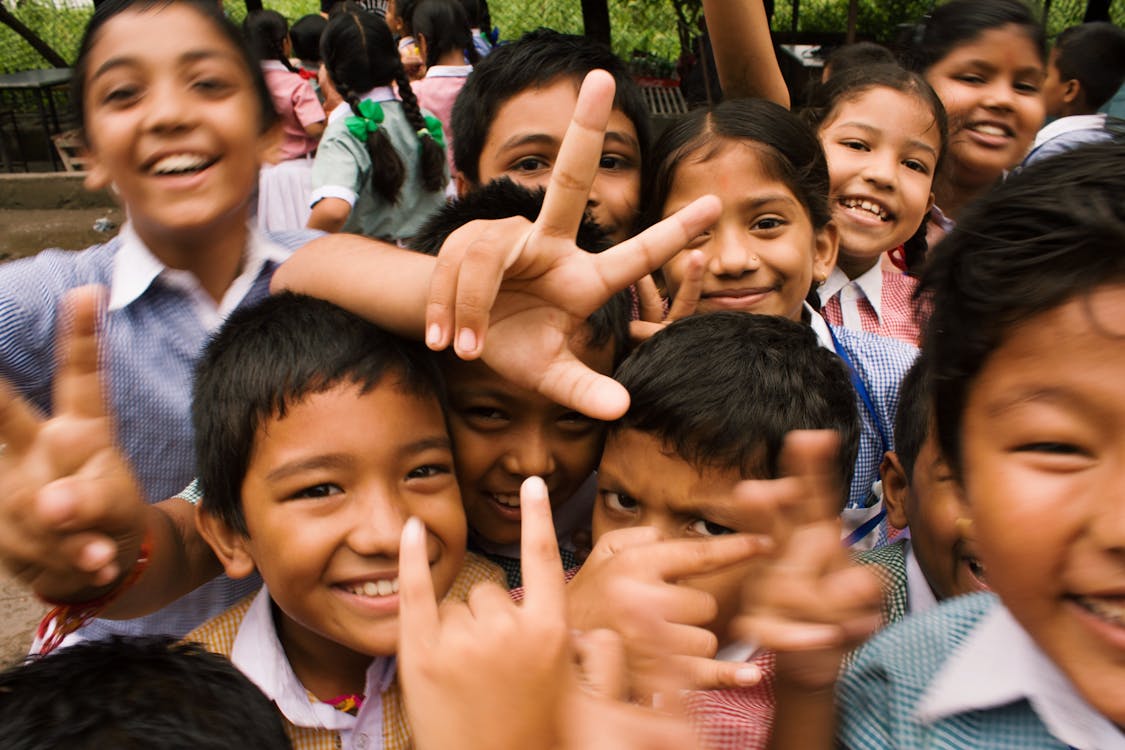
“The world is not fair.”
This saying is extremely cliché and common. Unfortunately, it is hinged on a fundamental truth that is still glaring today. Inequality is ever present. Be it in workplaces, between countries, in terms of wages, and many others — it is there. This is true, so much so that many people have taken to internalizing it. Many view it as normal, and they empower and promote the social quo as it is. Just take economic inequality in developing countries, for example. In reducing inequalities at the basic level, it is essential to address this issue and strive towards a more equitable and just society.
There are things that can be done to reduce these inequalities. The United Nations Sustainable Development Goals (UN SDG) aim to achieve this. Among the UN SDGs is Goal #10, which focuses on reducing inequality within and among countries by 2030.
In all honesty, this seems like a Herculean task. After all, inequality affects nothing short of several hundred million people. However, we can take one step forward by targeting one of the biggest institutions: Schools.
SDG 10 Of The UN Development Programme: Reducing Inequalities at the Basic Level
The tenth goal of the UN SDGs aims to bridge the gap between people and reduce inequality. This can be done through various ways, such as economic policies or educational reform. The most common forms of inequalities appear in the following aspects:
1. Income. There is a global trend of income inequality and it has been increasing since the 1950s. This results in poverty. It also leads to a lack of access to education, healthcare, employment, and basic needs.
2. Age. Older people are often worse off due to their decreased earning potential or pension benefits. This is especially true for older women. They find it hard to re-enter the workforce after taking a break to care for their families.

3. Gender. Gender is another source of inequality. It leads to disparities in access to education, healthcare, employment, and more.
4. Disability. Disabled people are often overlooked or, worse, discriminated against. Numerous resources are also not tailored to their needs. This makes it hard for them to benefit from them.
5. Race. Racial inequality is a huge problem, more so in the United States. People of color are often subject to bigotry. They also lack access to the same chances as their white counterparts.
6. Ethnicity. Ethnic minorities often face unequal treatment. They also lack access to the same doors as their majority counterparts. Further, they are often subject to violence or prejudice.
7. Religion. Religious minorities often face unequal treatment due to their faith. This leads to them not being able to practice openly.
8. Refugee Or Migrant Status. Refugees and migrants are often treated as second-class citizens. But part of their safe mobility must include safety and security in their new homes.
9. Economic Status. People from lower-income backgrounds can’t access the same resources as those from higher incomes. This is especially true for the poorest people.
Going Back To The Basic Level: Schools & Unequal Treatment
The task to bridge the gap is monumental. However, we can review and revisit schools, which lie at the basic level of society.

School Uniform Policies
For so many years now, schools have implemented uniform policies. These uniforms are meant to ensure all students look the same. They also aim to create a sense of belonging.
These are true. But research has suggested that they also serve to exacerbate existing inequalities.
Take the cost of some uniforms, for example. Many families from lower-income backgrounds cannot afford these uniforms. Most school uniforms are also gender-specific. This could lead to further discrimination and inequality between male and female students.
In addition, some school uniform policies prohibit:
- Some hairstyles, like dreadlocks or cornrows often worn by students of color
- Religious symbols, such as a headscarf for Muslim women
- Uniforms that don’t follow typical gender roles, like pants for female students
These policies appear seemingly harmless at first. After all, the main goal of these rules is to make students feel they belong.
However, it’s different when we look closely. It becomes clear how these policies worsen inequalities in schools.

The Solution: Inclusive School Uniform Policies
It is clear that schools need change. They must adopt policies that don’t target or discriminate against anyone. Inclusive rules should consider that students come from different backgrounds. Thus, they should not be judged based on their outward appearance.
These policies should allow students to express themselves through their uniform choice. The rules should also not be overly restrictive or prohibitive. This can help foster a sense of belonging and acceptance among all students.
Here are some actions to reduce these gaps in schools:
Provide Free Or Low-Cost Uniforms
Schools should make sure all families can afford their uniforms. This way, students from lower-income backgrounds do not face additional barriers to attending school. This will also help reduce the cost burden on families.
Many schools do not have the budget to give free or low-cost uniforms. This is especially true in low-income neighborhoods. However, this is where support from the government and other bodies can come in.

Allow Racial And Ethnic Hairstyles
Schools should allow students to express their identity through their hair. This means letting students of any racial and ethnic group wear their hairstyles at school. Let’s take Black students, for example. Hair, such as dreadlocks or cornrows, is not just a style. It is also often a form of self-expression. The same should go for the natural hair texture of students.
Permit Religious Symbols
Religious symbols should also be allowed in the school. This helps ensure minorities are not discriminated against. For example, Muslim women must be able to wear headscarves with no fear.
Allow Gender Expression
Schools should be willing to allow gender expression through their uniform. This includes letting female students wear pants and male students wear skirts if desired.
This does not even have to be about gender expression. It could be about comfort or personal preference. In any case, it should be allowed and not discouraged in schools.

PRACTICE Benefit Corp
B Corp companies are some of the leading institutions that support the UN SDGs. Over 6,000 companies in the world are B Corp certified, and one of them is PRACTICE Benefit Corp. When a company is certified, it means that they are committed to protecting the environment. They are also creating positive economic and social changes in the world.
PRACTICE does this by advancing quality education. They are on a mission to ensure no child’s situation prevents them from realizing their potential. This aims to close the gap of opportunities for them.
Toward A More Equitable Future For All
Inequalities are rampant in the world, even in schools. This is a truth that we have to recognize but not simply accept. We have to take responsibility and set up systems that can help.
Inclusive school uniform policies are a great way for us to start. They open up the chance for all to express themselves and feel they belong. Schools must provide low-cost uniforms, allow hairstyles, permit religious symbols, and allow gender expression. These things outright promote greater equality.
Further, companies like PRACTICE Benefit Corp are taking strides to advance equitable education. We should strive to work with them and learn from their examples. With the UN’s Goal 10 and these steps, we can help create a more equitable world for all.
